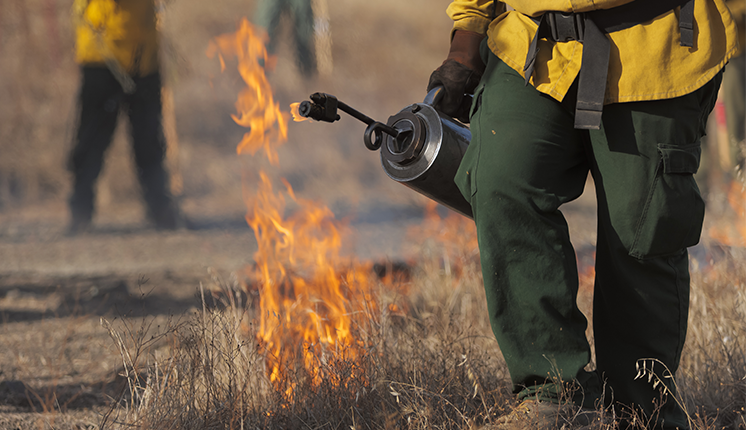
On October 16, the U.S. Environmental Protection Agency (EPA) issued policy guidance directing regional offices to work with local, state, Tribal, and federal partners to remove barriers in State Implementation Plans (SIPs) that discourage prescribed fires. In the past, various states have included air quality provisions in SIPs that impede the strategic deployment of wildland prescribed fires in areas vulnerable to catastrophic wildfires.
Under the Clean Air Act (CAA) and EPA’s Exceptional Events Rule, prescribed fires are eligible to be treated as an exceptional event, meaning air quality data resulting from these strategic fires does not need to be taken into account when determining if an area meets National Ambient Air Quality Standards (NAAQS). Therefore, the Trump EPA does not believe it is necessary to include air quality regulatory provisions in SIPs that limit the strategic use of prescribed fires.
The memorandum directs EPA’s ten regional offices to engage with local, state, Tribal, and federal partners to develop approaches consistent with the CAA that will not limit the use of wildland prescribed fires. EPA regional offices must also collaborate with state air agencies to evaluate provisions already incorporated into SIPs, and those proposed for inclusion into SIPs, to ensure they are consistent with the CAA and do not limit the strategic application of wildland prescribed fires. Finally, to enable more effective coordination and collaboration on smoke and air quality management, EPA regional offices will work to promote recordkeeping and smoke management practices associated with prescribed fire activities.
The full memorandum to EPA’s regional offices is available here, or view the EPA website here.
For additional information, contact RCRC Senior Policy Advocate, Staci Heaton.
